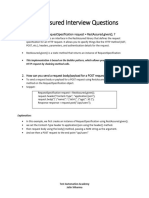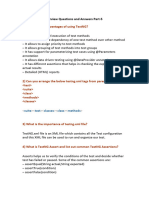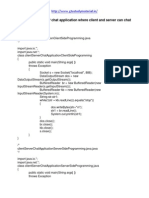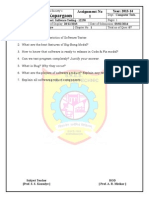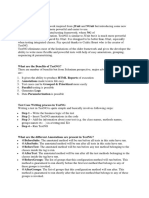0% found this document useful (0 votes)
292 views1 pageUse of OPPS Concepts in Selenium
The document discusses how object-oriented programming concepts are used in the Selenium framework. It provides examples of interfaces, upcasting, inheritance, polymorphism, method overloading, method overriding, encapsulation, and abstraction as they relate to Selenium. Key concepts include using the WebDriver interface, extending base classes, implicit waits as an example of overloading, driver methods as an example of overriding, encapsulating page object model classes, and abstracting locators in page classes from test classes.
Uploaded by
Uttam LanjewarCopyright
© © All Rights Reserved
We take content rights seriously. If you suspect this is your content, claim it here.
Available Formats
Download as PDF, TXT or read online on Scribd
0% found this document useful (0 votes)
292 views1 pageUse of OPPS Concepts in Selenium
The document discusses how object-oriented programming concepts are used in the Selenium framework. It provides examples of interfaces, upcasting, inheritance, polymorphism, method overloading, method overriding, encapsulation, and abstraction as they relate to Selenium. Key concepts include using the WebDriver interface, extending base classes, implicit waits as an example of overloading, driver methods as an example of overriding, encapsulating page object model classes, and abstracting locators in page classes from test classes.
Uploaded by
Uttam LanjewarCopyright
© © All Rights Reserved
We take content rights seriously. If you suspect this is your content, claim it here.
Available Formats
Download as PDF, TXT or read online on Scribd
/ 1
























